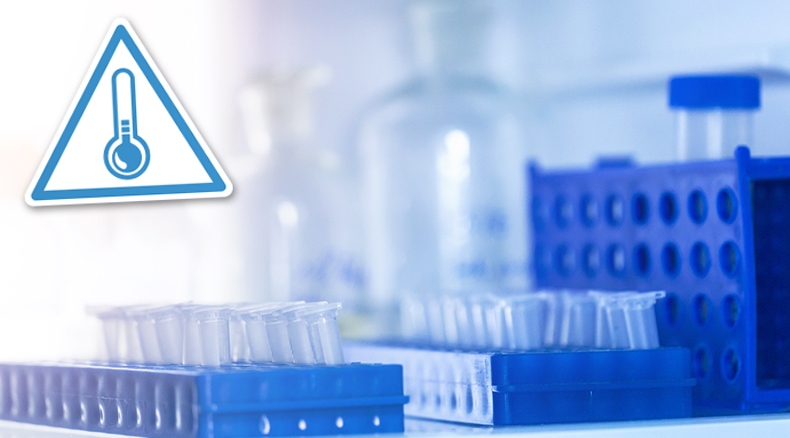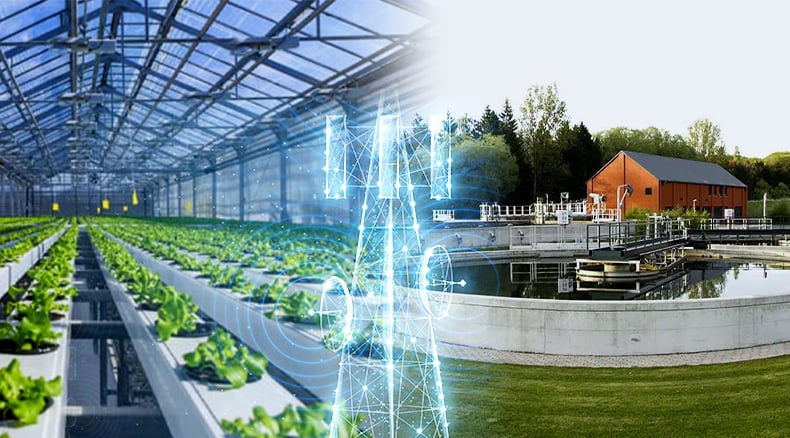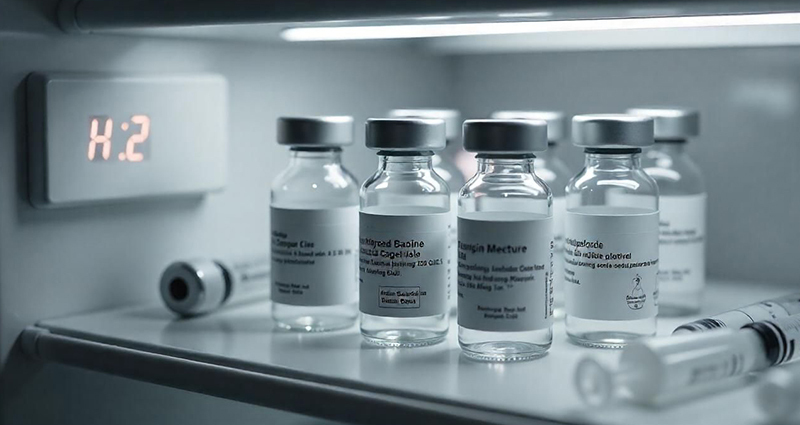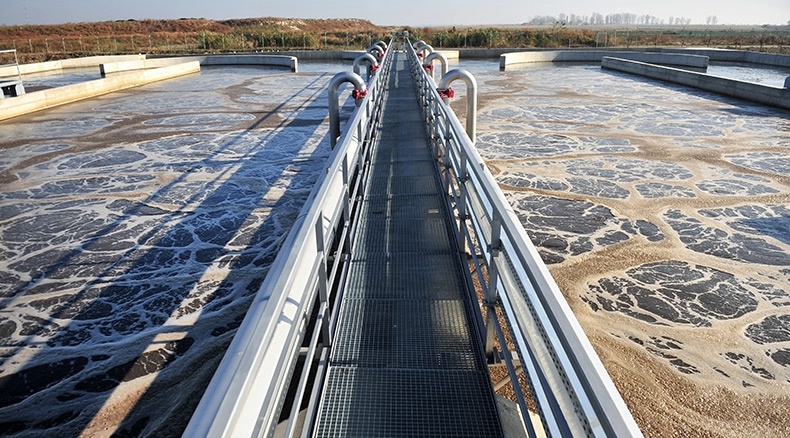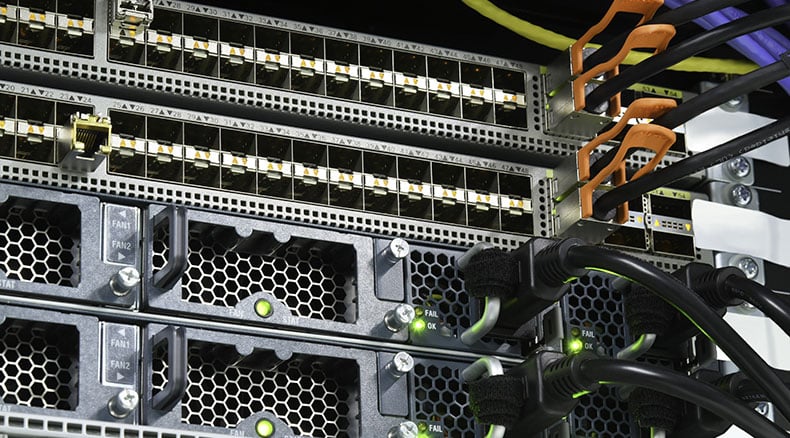
Server rooms consume massive amounts of energy to keep equipment up and running continuously. One server can use between 500 to 1,200 watts per hour, which adds up to 20,400 watts daily. As a server room facility manager, you can save a significant amount of money and resources by optimizing your energy consumption.
Monitoring power consumption
Maintaining a close watch over server room equipment is critical to understanding power usage trends. A remote monitoring system is an affordable way to monitor server room equipment and assets. It provides valuable power consumption data that can be used to reduce cooling and energy costs.
For instance, the Stratus EMS allows you to track energy consumption from anywhere using the free app or web interface. When paired with the proper sensors, it provides a comprehensive view of power consumption in your server room. You can see exactly how much power you are using to maintain your systems. Monitoring power usage helps you prevent overloading and helps ensure power is distributed evenly across the entire server room environment. You can identify underutilized resources and the biggest energy culprits.
Easy data logging and reporting
Data logging plays a key role in server rooms and data centers of all sizes. It enables you to identify patterns and trends in power consumption and get insight into larger issues that could lead to costly downtime.
The Stratus EMS automatically records thousands of data points, dates and times that you can view, graph and print. The system can read data from many devices like uninterruptible power supplies (USP), net meters, power distribution units (PDUs) and building automation systems. It pulls real-time data from all of these electronic sources and stores it in one central location.
Protect your infrastructure
Server room facility managers need to address more than just cyber threats. Servers, UPS systems and other devices need to be running at peak efficiency to ensure continuous operation. Security software can’t protect your infrastructure from environmental threats. A remote monitoring system can.
These systems can monitor conditions like
- temperature,
- humidity,
- water leaks,
- airflow,
- power fluctuations,
- and even physical security breaches.
They provide immediate alerts of any changes in conditions. Systems can be programmed to contact designated personnel with voice calls, emails or texts so they can quickly react to issues.
The Stratus EMS gives you the option to contact different people depending on the issue and the time of day. If someone is off-duty or doesn’t work in a specific department, they won’t receive the alert. The system will also automatically cycle through the contact list until it gets a response.
As the demand for data continues to escalate, it is important for server room facility managers to find ways to control energy consumption and spending. A remote monitoring system gives them the data they need to track overall power consumption and realize significant savings in energy and cooling costs.
To learn more about saving energy in server room environments, contact a Sensaphone expert today.


